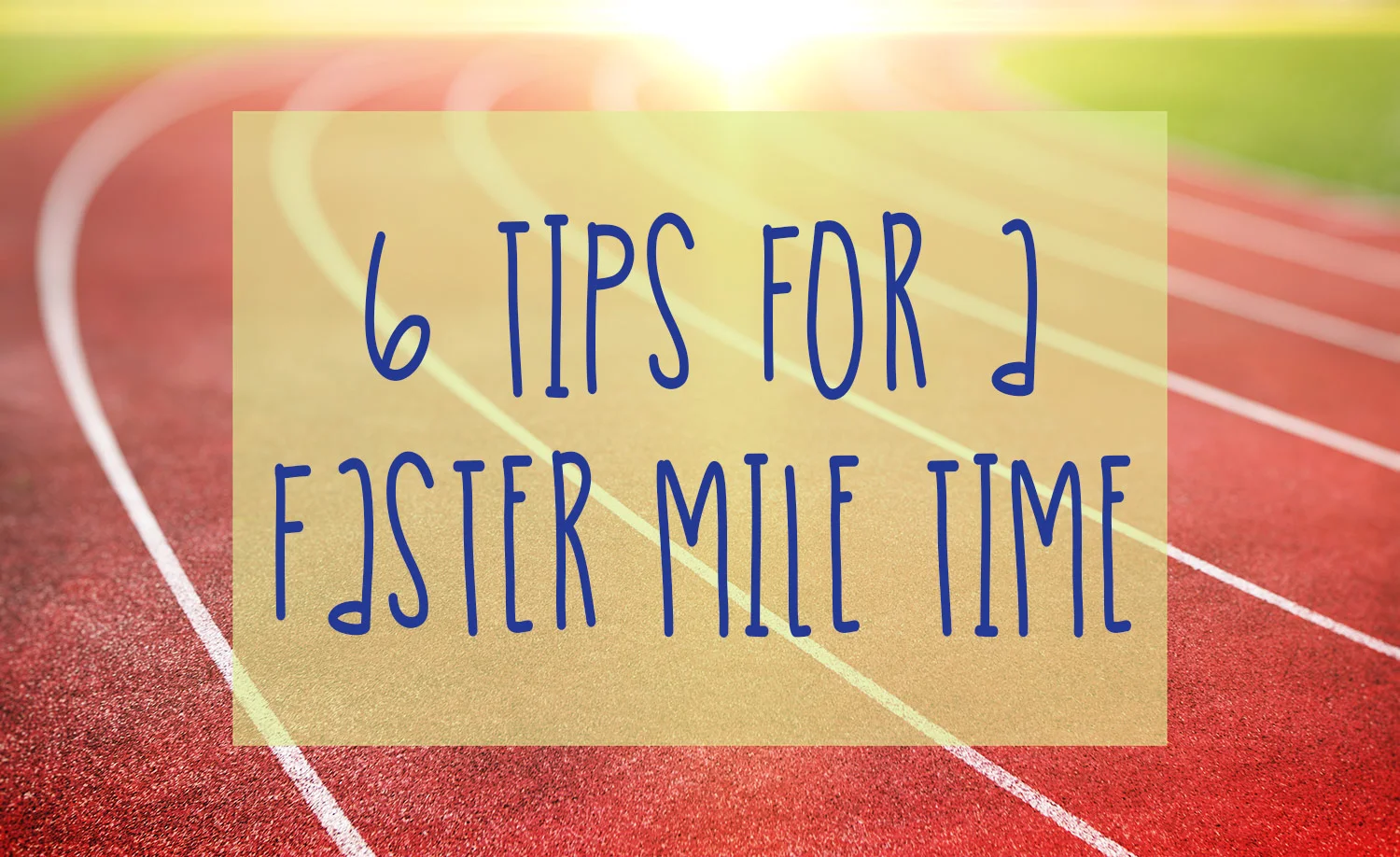6 Tips for a Faster Mile Time
What's in a mile? 5280 feet. 1609 meters. 1760 yards. 946 footsteps (give or take).
But what really goes into a mile? The sense of accomplishment after that first milestone or the joy of the new personal record, a mile is many things to many people.
Back in high school in the peak of soccer season my best mile time was only 8:40. This year as part of my Fleet Feet running group we did a mile time trial at the beginning of the season in August and once again this Tuesday to see our improvement. Sometimes it's hard to see just how much you're improving when every week you're piling on more miles, so the mile time trial is a great way to compare your fitness (and sometimes your performance in different weather) over time.
My August time trial, despite my usual summer speedwork, was only 8:35 - 5 seconds faster than my PR in high school. Last week as part of my 31 day running streak I knocked out a quick mile on a treadmill after climbing one morning. I decided since I had the treadmill available that I would push the time for a new record for me. Since I was able to control the pace and force myself to actually run a certain speed I was guaranteed to not fall into my usual mental trap of getting through the first quarter mile and then going, "ehhhhhhh" and letting my pace lag. That day on the treadmill I clocked an 8:09 pace - a whopping improvement! So when Tuesday rolled around and we had our second time trial I challenged myself to get a sub-8:00 time. I had a few things going against me: we were running this second trial on the Tobacco Trail, in the dark, and against normal wind resistance. I'd have to push harder on the trail than on the treadmill.
Adobe stock image. Not mine. I know, I know, I'm sorry, but I haven't had a chance to do some running photos recently.
My final mile time? 7:59.
Yep, I paced it exactly, and am a little flattered/surprised with myself (sorry for the brag!) for the precision of my pace. Nailed it!
So how can you increase your mile time? Here are 6 tips:
1) Just run
I know this seems like a gimme, but so much of the work is just getting out there and working on your fitness. I've found 10Ks and half marathons are great for improving mile times because your half marathon long runs and speedwork runs stress your lungs and heart and V02 max, and all that stress means improvement.
2) Incorporate sprint work
It's important to incorporate some speed work when you're trying to get speedier, but I've found hard sprints on a regular basis really helps. Fast legs require fast twitch muscles, and fast twitch muscle come from...wait for it...running fast. And I'm not talking "oh, just a little bit faster" or even intermediate effort: I mean full-on run-for-the-hills make-your-lungs-burn-when-you're-done sorta hard. Your legs and lungs will hate you in the short term, but it will definitely help in the long run (pardon the pun).
3) Head for the hills
Hills hills hills. This is frequently the least favorite workout of runners. Here's a tip: run the bigger, harder hill, and then later when you're running the bunny hills or running flat outs you really will be able to open up, breathe, and think, "Hey, this isn't so bad. It's not like I'm running that awful hill like I normally do." One way I trick myself into liking hills is running stadiums. Go to your local high school football stadium or university stadium or any big stadium near you, start on one side and work your way around the stadium. Run up the stairs of one section, jog across the section, run down the stairs of the next section, jog across, and repeat. Do that enough times and any hill will feel like it's just an easy stroll.
4) Lift heavy
You see those Olympic sprinters with the incredibly muscular legs? Yeah, that's not just for show. Sprinters, rugby players, soccer strikers - frequently the athletes with the hard fast sprints have some pretty incredible leg muscles built for power, very unlike the distance runners where extra weight means lost time. Lift weights or just do regular squats and bodyweight exercises and build muscle tone.
5) Pace yourself
It takes practice to get used to a new pace. I personally used a treadmill to practice how maintaining a certain pace feels. Other techniques include running with a fast friend who can pace you or using a fancy GPS watch or running app that can tell you if you're off your pace.
6) Most importantly...prepare mentally and enjoy it
I really think my biggest obstacle for a faster time trial was just mental. In high school when I played soccer I know I could have run a faster time, but mentally I just settled into a certain time and pace and was fine with that. For my running group time trials I just never felt the need to push it or prove myself, so I would just run a decent pace and leave plenty of gas in the tank. You have to genuinely want the PR and to push yourself for it, and, sometimes, you just have to enjoy the sensation of flying over the distance and not get caught up in each individual footstep.
Have you ever done a mile time trial, and have you used specific techniques to improve your mile time? Let me know in the comments!

